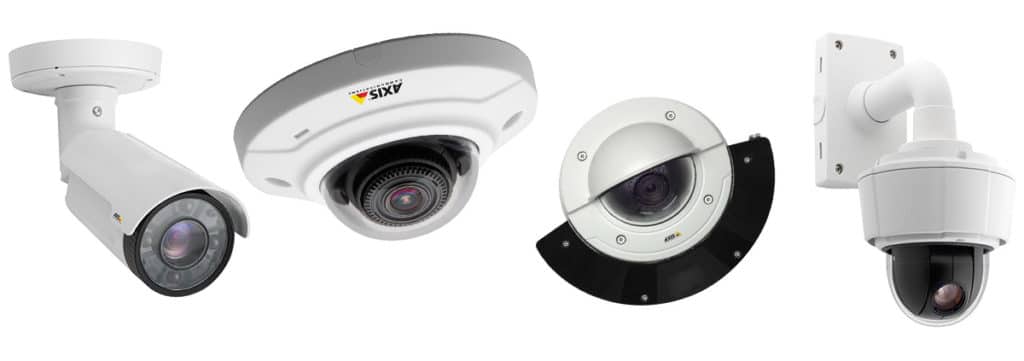Bullet, dome, covert, outdoor, varifocal and night vision are just some of the common types of surveillance cameras. Here’s a quick reference list.
Selecting a type of security camera is simple, right? If you want a camera that follows people as they move, you want a pan/tilt/zoom or PTZ camera. Otherwise you want a fixed camera. Right?
Well, yes and no. PTZ and fixed cameras used to be the only types of cameras out there, but today it can get a lot more complicated. There’s a difference between the type of security camera and the type of housing or extra features you can add to it.
Types of Security Cameras:
- Fixed
- Pan/Tilt/Zoom (PTZ)
- Virtual PTZ or 360-Degree
Types of Security Camera Housing:
- Outdoor
- Dome
- Bullet
- Discreet
Extra Features:
- Resolution
- Day/Night
- Infrared
- Varifocal
- Remote Zoom
- Auto-focus
- Wireless
- Thermal Imaging
I often say we’re in the “golden age of cameras.” Cameras are uniformly good at the basics, but by over-simplifying things you may not be making the best choice for your application.
This guide will outline some of the variations on those two themes, and suggest some enhancements that you might want to consider for your application. The chart below shows some common, popular features of security cameras compared to the three camera types to consider.
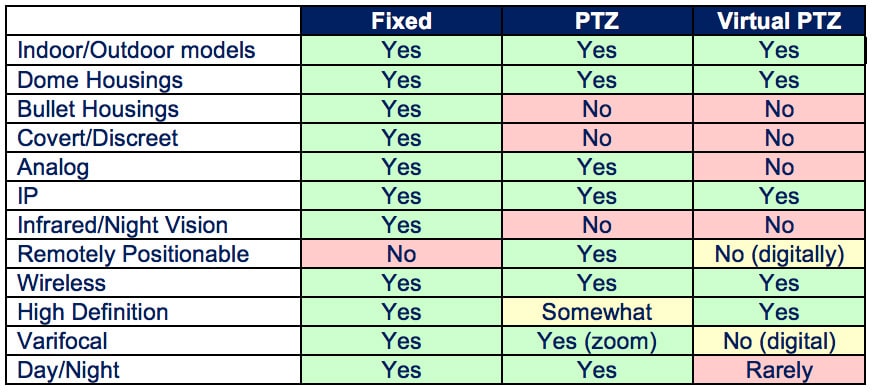
Choosing the Right Security Camera
Fixed Camera
At the heart of the matter is the fixed camera. It is positioned to capture an image and can be optimized for the application with different housings and features as we’ll cover later.
With few moving parts, fixed cameras are inherently more reliable than PTZ cameras and they are always pointing in the intended direction.
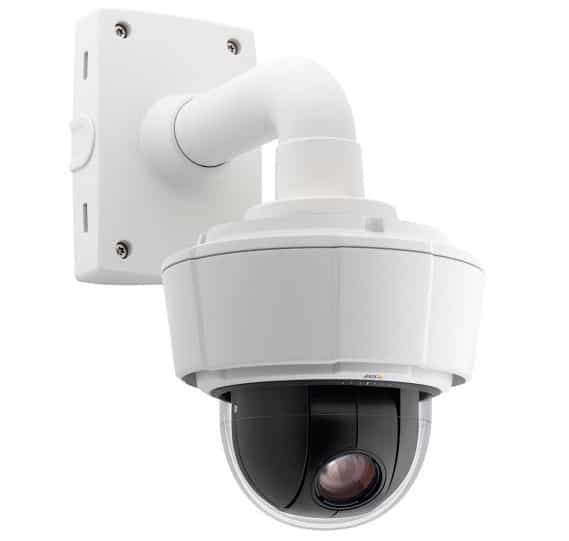
PTZ Camera
Remotely positionable cameras are typically called PTZ cameras for their ability to pan, tilt and zoom in on a subject. This is a specially designed fixed camera wrapped in a cocoon of motors and gears which allow an operator to remotely move it.
Higher end cameras may have a greater zoom range, with 32X being fairly common. A higher zoom range is helpful when you are covering a large area, but isn’t always needed.
While a PTZ camera will follow a person or object through an area, they do have a few disadvantages. A PTZ camera may be set to automatically patrol an area, but they are oftentimes most effective when manually controlled.
If a CCTV system is used for forensics, determining what happened after the fact, Murphy’s Law pretty much guarantees that a PTZ camera will invariably be looking in the wrong direction when something happens. The greater the magnification being used, the smaller the area being covered, and this type of camera can only be facing one direction at a time.
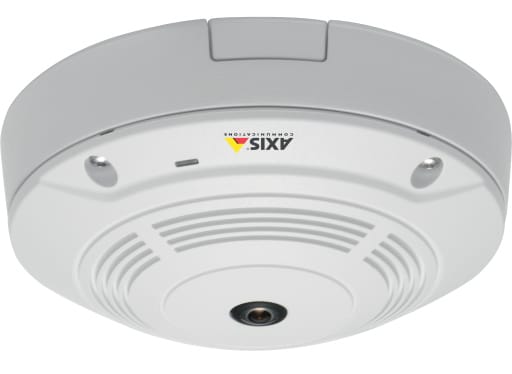
360-degree Camera
This has led to a third type of camera, the virtual PTZ or 360-degree camera. This is several high resolution fixed cameras in a single (usually dome) housing. The images are stitched together and you can zoom in after the fact, up to the limits of the cameras being used.
Since all the images are being recorded, it can face in all directions and can be a great forensic tool. The biggest challenge facing 360-degree camera acceptance is that they are often oversold as a universal solution. Few rooms allow an unobstructed field of view in all directions, so you are generally not utilizing the full field of view.
A standard fixed camera can easily be paired with a lens to give it a 120-degree to 140-degree view, and many rooms are better served with cameras in corners which only require a 90-degree field of view. Still, in the applications where this type of camera is needed, it can really shine.
Choosing the Right Housing
After selecting the type of camera, the next level of choice is the type of housing. With a PTZ camera you are pretty much limited to indoor or outdoor, as they are mostly dome cameras except for a limited number of specialty applications.
Outdoor
Outdoor cameras will be more weather resistant and include heaters and blowers to allow for environmental variances.
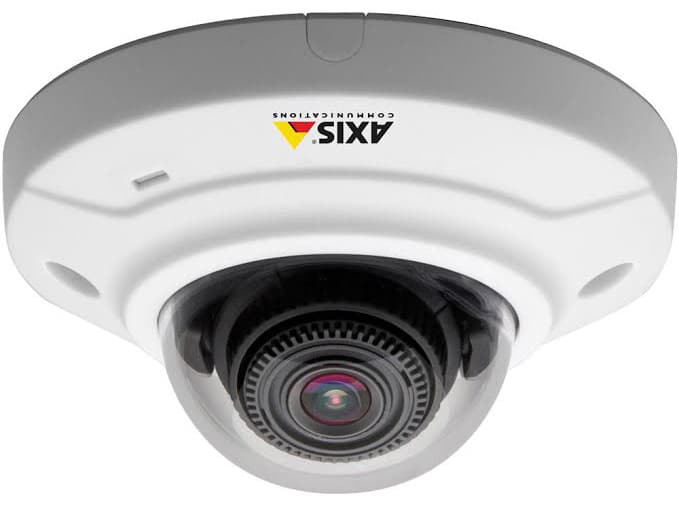
Dome
Dome housings are designed to conceal the orientation of the camera, with some doing a better job than others. This is a high priority in most applications, and is our default selection as it is generally the best deterrent.
When someone can’t tell which way the camera is pointing, they often assume it is pointing in all directions. So, a fixed dome camera covering a door at the end of a hallway is assumed to be covering the entire hallway.
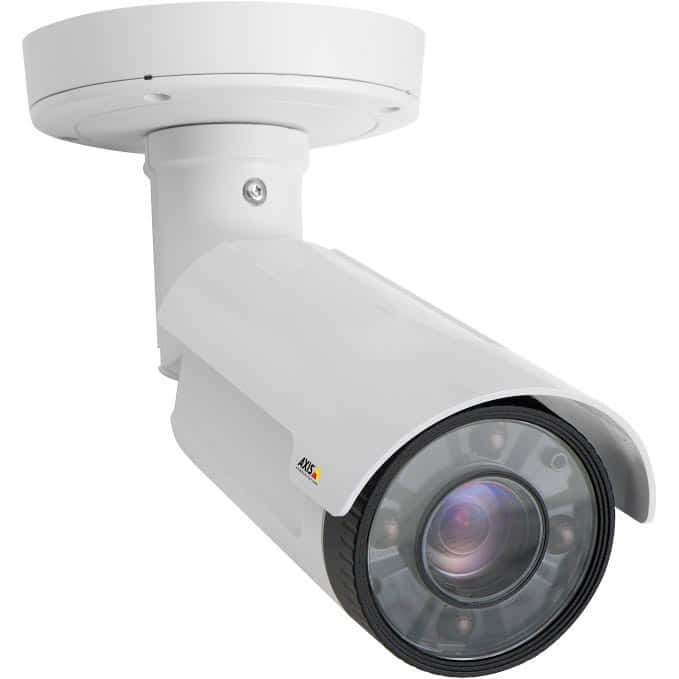
Bullet
We’ll call the cameras that resemble a box on a post bullet cameras, named for the sleek cylindrical shape that many of them have. Whether a small unitized design or a camera/housing combination, these clearly show the direction of orientation and generally provide a better picture.
The front of the housing is close to the camera lens, cutting down on reflections and making it easier to keep clean. They are a deterrent as well, although not as effective as housings that mask the orientation.
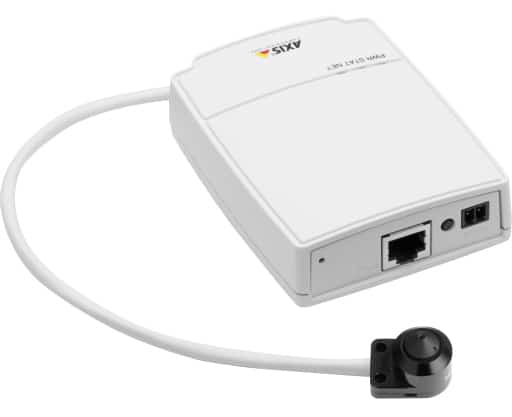
Discreet
Sometimes you want to hide the entire camera using covert or discreet housings. These can be designed to look like something else (smoke detector, motion sensor) or nothing at all, with pinhole lenses or flush mount lenses mounted on a wall or ceiling.
These are not designed to be deterrents but are often preferred by architects seeking to achieve a certain aesthetic within a space.
All types of housings can be made to be vandal resistant, a step up from weather resistant. These types of housings (most commonly the dome type) are designed to withstand unfriendly environments while still providing a usable image.
Choosing the Right Features
Once you’ve selected the camera type and form factor, you might want to consider tweaking the feature set for the application.
Resolution
The possibilities are varied, with resolution being the most common upsell. Resolution is measured in millions of pixels, or megapixels. The higher the resolution, the more space required to store the images and processing power to manipulate it.
For perspective, an old analog camera is about 1/4 megapixel, your giant HDTV screen is a little over 2 megapixels, and the highest resolution projected image in your local movie theater is called 4K and has 8.8 megapixels.
Higher resolution cameras do not respond as well to low light situations as lower resolution cameras, so, it is possible to buy more resolution than you need and needlessly drive storage costs up and performance down.
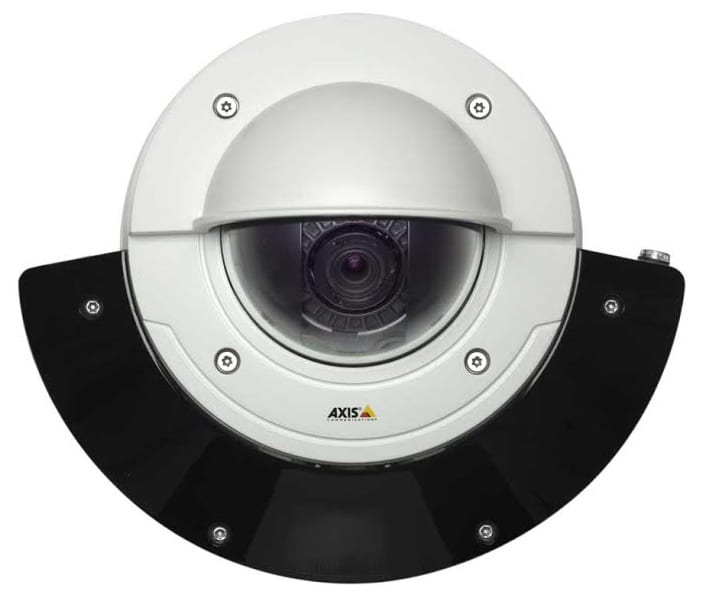
Low Light Performance
Beyond resolution, low light performance is often a requirement.
Cameras with day/night capabilities switch into a different mode in low light situations, with various technologies allowing usable images in near total darkness.
Cameras with infrared illuminators provide their own light source, allowing better images in dark areas as well. As previously mentioned, be prepared to sacrifice some resolution to get better low light performance.
Lens Features
We are seeing more fixed cameras with advanced lens features as well.
While varifocal lenses have always been popular, allowing the installer to manually adjust the image magnification when installing the camera, many fixed cameras now come with remote zoom and focus. This allows the user to adjust the camera without physically going to the camera site, a big cost savings in many applications.
At the ISC West security show in 2017, several manufacturers were showing fixed cameras with auto-focus as well.
Advanced Options
Beyond features and functionality, there are other considerations such as wireless signal transition, ultra-high resolution, thermal imaging, explosion proof housings and more.
While the proliferation of available options can make the selection process more difficult, the good news is that no matter what your application is there’s likely the perfect tool for the job — for far less money than you might have thought possible just a few years ago.
First published on the CEPro website.

Robert Grossman has spent more than 20 years in the industry — giving him plenty of opportunity to learn from his mistakes! He is president of R. Grossman and Associates Inc., a consulting group specializing in electronic security products and projects. Bob has spent time as an end user, responsible for security, surveillance and low-voltage electronics at Bally’s Park Place, a major Atlantic City casino. As a senior project manager for Sensormatic Electronics’ Enterprise Accounts group, he learned first-hand the difficulty in translating ideas into reality while staying on schedule and under budget. He has worked for both Vicon Industries (as vice president of Customer and Technical Services) and American Dynamics/Tyco Safety Products (as director of Product Line Management), with responsibilities that included pre- and post-sales support, project design, product line management, customer service and sales. Bob is a frequent contributor to CE Pro and sister publication Security Sales & Integration. For more information, visit www.tech-answers.com. Have a suggestion or a topic you want to read more about? Email Bob at rdgrossman@tech-answers.com
Follow Bob on social media:
Bob also participates in these groups:
LinkedIn · Google+

